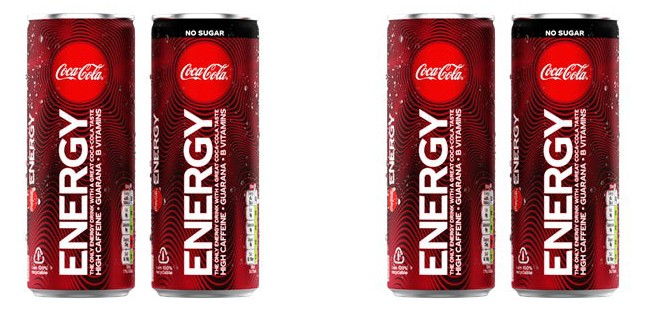Latest posts
A masterclass in creating value
What’s going on at parkrun?
Virtue-signalling all the way to the bank
Bud Light: brand purpose or virtue-signalling?
The Coddling of the American Mind, by Greg Lukianoff and Jonathan Haidt
Belonging, by Owen Eastwood
Such a simple thing
The Long Win, and The Scout Mindset
The Cult of We by Eliot Brown and Maureen Farrell
Coffee and covid modelling
By theme
Marketing strategy
Insight & metrics
Innovation & inspiration
Brand & positioning
Marketing communications
Business purpose
Leadership
By industry sector
Financial services
Retail
FMCG
Technology & start-ups
Consumer services
Business to business
Other sectors
By type
Books
Comment
Quotes
Thought leadership
This week Coca Cola announced the launch of Coca Cola Energy. If you feel like you’ve heard this before, perhaps at some point in the last 32 years you’ve stumbled across Red Bull. Yep, it’s taken Coca Cola 32 years to launch their response to Red Bull, although they distribute Monster, in which The Coca Cola Company has a minority stake. Now they’re finally doing it for themselves, you might have expected something rather more inspiring.
I think it’s an entirely rational move. Trying to create a winner is difficult so it makes sense to imitate success. All brands start small, usually with somebody’s simple idea or personal conviction, or by chance. The marketplace is a real-time test market in which some thrive. Big brands are the ones left standing. It’s not that they all did something amazing, it’s just that not everyone can achieve critical mass. Those that do have a huge advantage that tends to compound.
It’s tempting to study the winners for lessons in success. But how can you tell which factors were causal? Walkers is number one in crisps mainly because just as PepsiCo was deciding to enter the UK market, the Golden Wonder factory burned down. PepsiCo bought Walkers instead and used their distribution reach to get it into shops all over the UK, making it the first national snack brand. A stroke of luck or genius with the Gary Lineker advertising certainly helped. Golden Wonder struggled on for some years but couldn’t achieve the scale to compete, and eventually went bust under the weight of its pension commitments.
Logically, then, the only option is to copy the successful brands in full. But why would anyone choose a copy when there’s already a familiar brand out there? Hence the trial and error approach (euphemistically called “test and learn” by Coke and others) that looks for something that meets a proven need but is distinctive enough to have a place in people’s repertoires and on retailers’ shelves. With that in mind, here are a few tips for product innovation:
Do: keep your eyes and ears open. Listening to your own customers and other people’s is essential for a realistic view of your market. There may be ways you can improve on current offerings, whether from your own company or competitors. A better version of your own product may be the most valuable innovation.
Do: Spot up-and-coming brands and products. Watch how your core market is fragmenting, and provide range extensions or new brands to cover the emerging new sectors. Big companies will nearly always win out over small ones if the product is comparable. If they don’t, they may be able to acquire the upstart.
Do: keep it simple. Decoding cryptic brand hierarchies or ambiguous product messages is of limited interest to most people.
Don’t: be too proud to imitate a successful product. A structural advantage, like distribution scale or manufacturing efficiencies, can be enough to win out.
Don’t: pretend it’s different if it isn’t. If there is really no reason why your version will succeed, why are you investing in it?
Don’t: be afraid to fail. Trying new things can’t always work out. The old adage, fail fast, still applies.
Latest posts
A masterclass in creating value
What’s going on at parkrun?
Virtue-signalling all the way to the bank
Bud Light: brand purpose or virtue-signalling?
The Coddling of the American Mind, by Greg Lukianoff and Jonathan Haidt
Belonging, by Owen Eastwood
Such a simple thing
The Long Win, and The Scout Mindset
The Cult of We by Eliot Brown and Maureen Farrell
Coffee and covid modelling
By theme
Marketing strategy
Insight & metrics
Innovation & inspiration
Brand & positioning
Marketing communications
Business purpose
Leadership
By industry sector
Financial services
Retail
FMCG
Technology & start-ups
Consumer services
Business to business
Other sectors
By type
Books
Comment
Quotes
Thought leadership
